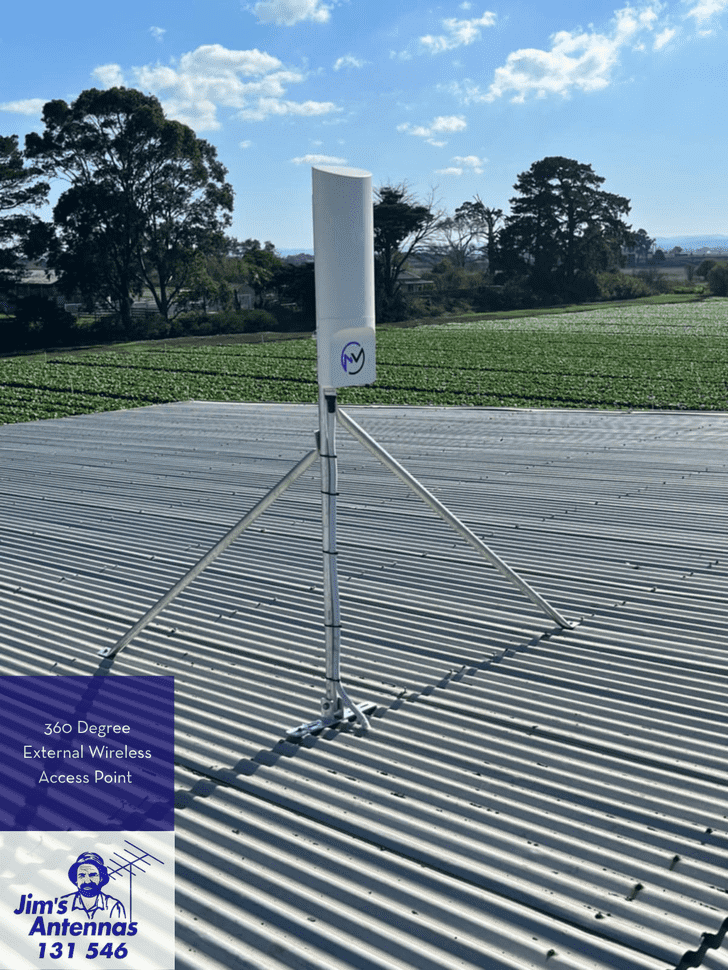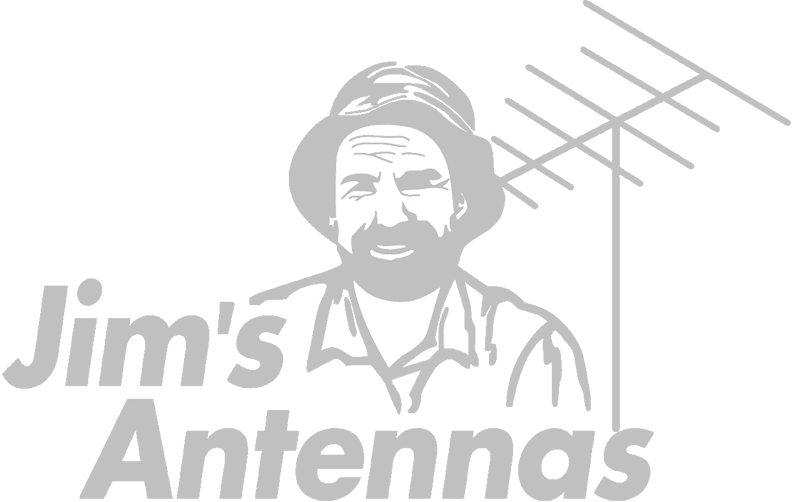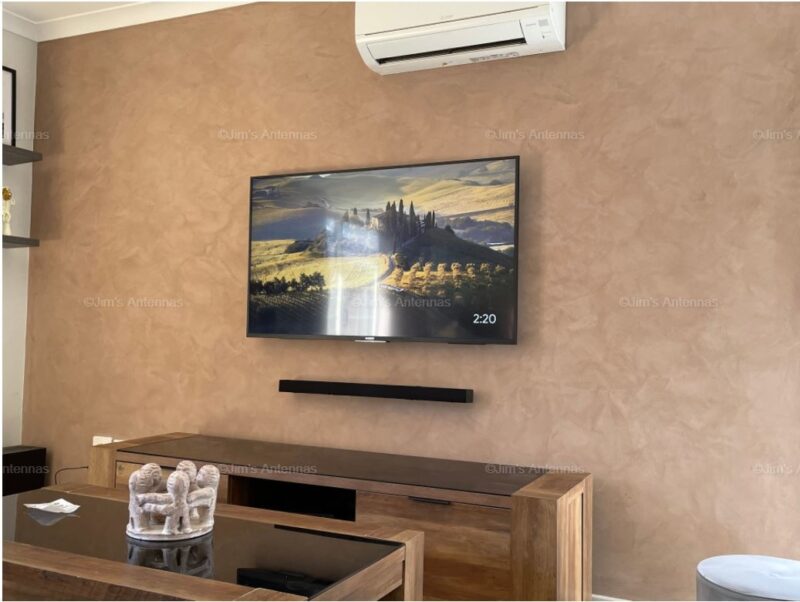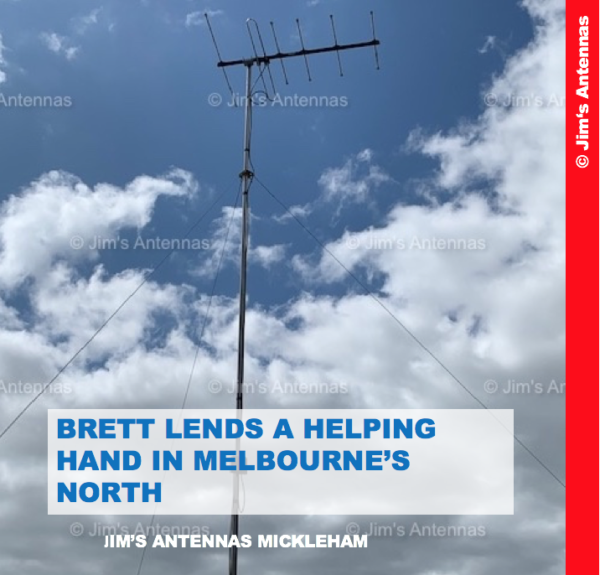Mesh WiFi vs Range Extender
Struggling with slow or spotty Wi-Fi in parts of your home or business? You’re not alone. Whether it’s buffering in the lounge room or dropped connections in the home office, Wi-Fi dead zones are a common frustration.
At Jim’s Antennas, we often get asked: “What’s the best way to improve my Wi-Fi coverage?” The three most popular solutions are range extenders, mesh Wi-Fi systems, and wireless access points (WAPs)—and each one suits a different setup.
Let’s break them down so you can make the best choice.
Range Extenders: The Quick Fix
A range extender (also called a Wi-Fi booster) captures your existing Wi-Fi signal and rebroadcasts it to reach further. It’s a quick and affordable way to improve signal in one or two rooms.
Pros:
- Low cost
- Easy to install
- Good for small areas
Cons:
- Slower speeds in extended areas
- Often creates a separate network name (e.g., “HomeWiFi_EXT”)
- Not ideal for larger homes or high usage
Best For: Small homes or temporary fixes
Mesh Wi-Fi: Seamless Whole-Home Coverage
A mesh Wi-Fi system uses a main router and multiple nodes (or satellites) that work together to blanket your space in Wi-Fi. Each node communicates with the others, forming a smart network that adjusts to your usage and location.
Pros:
- Single network name across the home
- Consistent speeds in all rooms
- Great for modern smart homes
Cons:
- Higher upfront cost
- Requires setup, though most systems are user-friendly
Best For: Medium-to-large homes, families with multiple users/devices
Wireless Access Points (WAPs): The Most Robust Option
A wireless access point (WAP) is the gold standard for professional-grade Wi-Fi. These devices are hardwired directly to your modem/router using Ethernet cabling and broadcast strong, stable Wi-Fi to specific areas of your home or business.
Unlike extenders and mesh systems that rely on wireless signals between nodes, WAPs deliver maximum speed and reliability—especially important in offices, large homes, or buildings with thick walls.
*Pic courtesy of Ian from Jim’s Antennas Pakenham

Pros:
- Ultra-reliable connection
- True high-speed coverage in every zone
- Doesn’t reduce bandwidth like extenders can
- Fully scalable and customisable
Cons:
- Requires Ethernet cabling
- Higher installation cost (but longer-term value)
Best For: Large homes, multi-storey buildings, home offices, and commercial spaces
So, What’s Right for You?
| Your Setup | Recommended Solution |
| Small home or flat with minor dead zones | Range Extender |
| Larger home no outdoor requirment | Mesh Wi-Fi |
| Business, large property, or ultimate performance | Wireless Access Points (WAPs) |
Need Help Choosing or Installing the Right Setup?
At Jim’s Antennas, we don’t just install antennas—we’re experts in home connectivity & telecommunications. Whether you need a simple fix or a custom-designed network with wireless access points, we can help.
We offer:
- On-site assessments
- Wiring and hardware installation
- Tailored Wi-Fi solutions for homes and businesses




